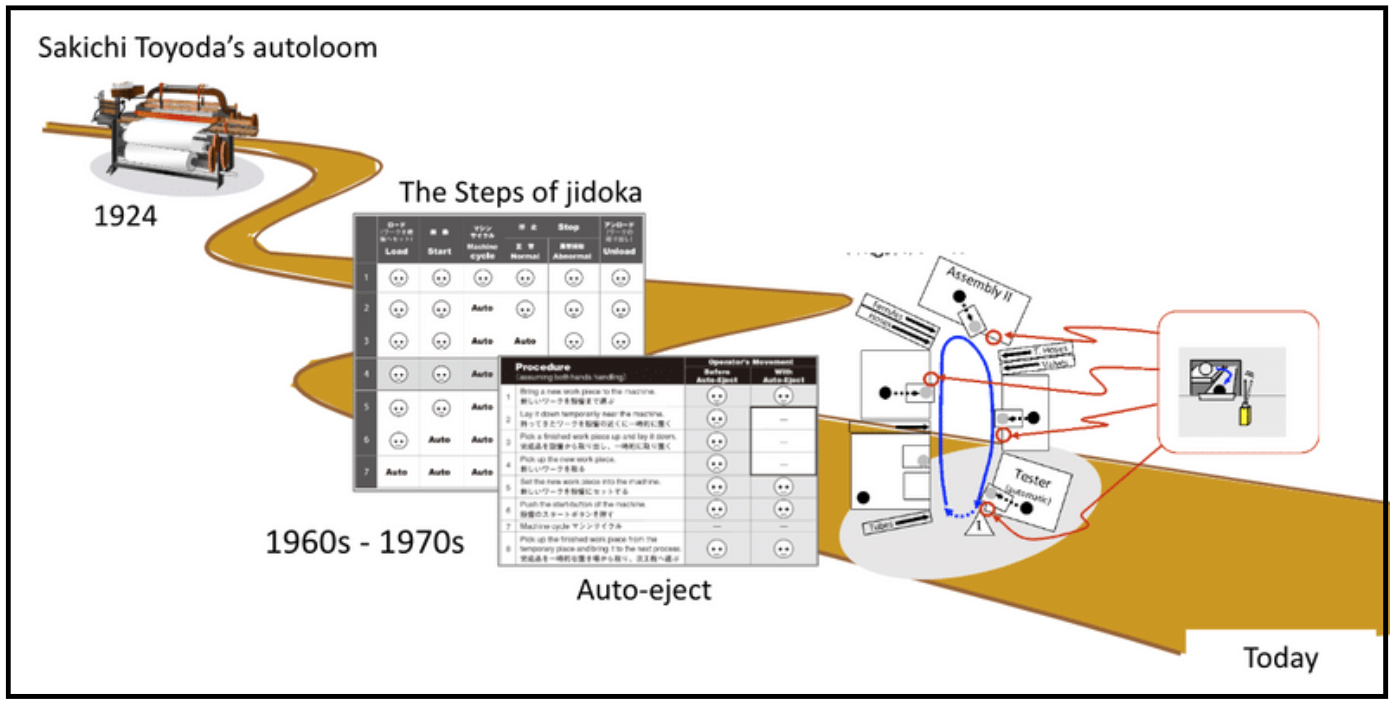
When lean gets hard it is managers who have to persevere
FEATURE – A lean journey often has more downs than ups, but it is a responsibility of management to persist and keep asking the right questions that will steer the firm in the right direction.
Words: Arnaldo Camuffo, President, Istituto Lean Management, and Professor of Lean Management at Bocconi University in Milan, Italy
Mr G. is the plant manager of a medium-sized engineering company near Milan. He is responsible for 130 direct and indirect production workers, but his career within the family-run business started 25 years ago, when he was hired as an operator. He has seen a great deal over the years.
A few months ago, during a visit, I had the opportunity to speak to Mr G. and discuss how the company's experiments with lean thinking were progressing.
In 2010, with the economic crisis at its peak, the business launched a lean program aimed at improving productivity, efficiency, quality, flexibility and safety. The initiative was in line with those seen in the most advanced companies and was developed with the (expensive) help of a consulting firm. The owners and the managing director had the best intentions: to aggressively recover profitability by achieving significant operational improvements in a short time, involving people and investing in them. This was confirmed during my gemba walk in the factory with the plant manager and the recently hired lean manager, a brilliant 40-year-old engineer and six sigma black belt with significant experience abroad.
Unfortunately, in the first half of 2011 market difficulties seemed to persist and the managing director started to consider cancelling the lean program. He was only persuaded to re-endorse it (and confirm its related budget) by the strong case the plant manager was able to make: Mr G. and his team argued that it was a strategic program that, if carried out, would drastically improve production performance and transform the business. However, when a number of important orders were cancelled and the company's financial performance started to rapidly worsen, top management decided that restructuring was the only option. The lean initiative wasn't scrapped, but it quickly turned into a cost-reduction exercise, with redundancies and the imposition of massive operational and capital expenditure savings.
The plant Mr G. runs had already suffered quite a lot: the market downturn first caused the accumulation of unsold stock (until the end of 2008), then there were several revisions of the production schedules (2009), then a drastic revision (2010) associated with production stoppages and redundancy payments, then longer production stoppages, downsizing and redundancies. In September 2011, an agreement was negotiated with the trade unions providing retirement incentives for workers made redundant (the headcount reduction amounted to 30 people out of 130). With a lower overall breakeven point and reduced costs, the company was able to get "fresh" money from the banks.
These restructuring initiatives, however, acted as an alibi and created a sort of halo effect on everything else: the downsizing did not solve the company's chronic inability to explore foreign markets, to invest in research and development, and to effectively engage and monitor customers and intercept their needs. The result was a portfolio of mature products, a dry pipeline with no new technology to offer, great uncertainty and dependence on a few customers (themselves fighting the crisis), and demotivated commercial units.
Mr G. was patiently showing me all the nice things they were nonetheless doing with the consultants: visual boards, value stream maps, 5S. He explained the process that led to their creation, describing the benefits associated with the introduction of those tools. However, after a while, perhaps surprised that I seemed genuinely interested in what he was telling me, he couldn't hold out any longer and said: "Look, the problem here is not how good the tools are, how many visual boards we put up, whether the OEE of our equipment reaches the 80% target we set, or whether supervisors respond to calls for help when the andon cord is pulled. The problem is that this factory is 40 years old. When it comes to technology and people, we have a rather varied fleet. The last, small investments were made ??in 2007. Everyone knows that we are located in a place where labour costs are high and everyone knows that, unless something happens, we will probably not make it. We know we can do more and better, if only the right conditions were in place."
I asked him what he meant by "the right conditions" and he replied, "We need to have the courage to choose a direction and the patience to pursue it with determination, communicate properly, ensure that our people are supported and that they understand, listen and learn from problems together. Instead, the owners often do the opposite: they often change their minds, if the results are not obtained immediately they become impatient and change course of action, not considering how disorienting this is. They just assume everyone understands and knows what to do and how to do it!" His frustration was palpable.
Before the summer, the company was indeed starting to (slowly) recover, but then top management decided to accept a number of orders from new customers in the Middle East, despite their low profitability and impossible delivery schedules. They then started to ask people to work long hours and on Saturdays, and even hired temporary staff with inadequate skills. "It was a bloodbath," Mr G. said, "Now people don't understand what the lean initiative is all about."
The situation described above illustrates the common challenges that an SME on a lean transformation often encounters. Despite all the plans, the commitment, the investment, the support and the tools, turning around a business remains a risky undertaking, where uncertainty is the rule.
Top leaders tend to design lean transformations as nothing more than a program, even though this will bring little to no change. They often underestimate the complexity of embarking on such a journey, and fail to strike the balance between the need to adjust as conditions change and the need to be consistent and stay the course.
The story Mr G. told me reflects two typical mistakes that SMEs (and larger organizations too) make:
- trying to implement a set of management tools that are independent from the system of social relations that exists in the company and the quality, motivations and expectations of the people working there; and
- trying to implement a lean management system that is not linked to the business' mission and strategy.
A lean transformation is a learning and discovery process, and that's how SMEs should approach it. Management needs to constantly determine whether the right things are getting done (which echoes Pascal Dennis' book Getting the Right Things Done) and constantly assess progress.
There is no way to totally de-risk a lean transformation upfront, no matter how much money a company can fork out, the sophistication of the lean tools implemented, or the quality of the support provided by consultants. The only real insurance we have is asking (and answering) the right questions, those included in the Lean Transformation Framework described in the below video with John Shook:
Arnaldo's extensive research on lean transformations in Italian SMEs has resulted in a recently published book:

Get your copy here
THE INTERVIEWEE

Read more


FEATURE – In the first piece of a series on Takehiko Harada’s contribution to TPS, the authors discuss the Nagara Switch and how it helps to achieve better Jidoka.


FEATURE – Using her distinctive narrative style, the author breaks down the A3 process to help you understand how it works and how you can tap into its potential.


PROFILE – It isn’t every day that you come across a hospital CEO coaching people on A3s and following his own standard work. So when you do, it’s important to share their story. This month we profile the CEO of a Brazilian cancer treatment center.


FEATURE – They say lean is all about people, and yet emotions – something we all feel and express daily – are largely absent from the lean discourse. The authors discuss the role they play in a lean transformation.

